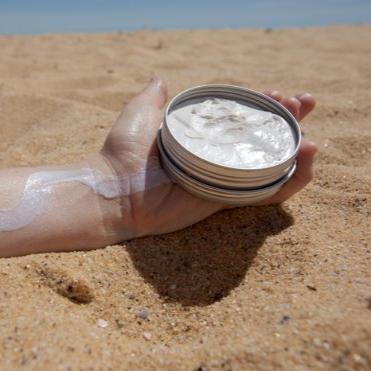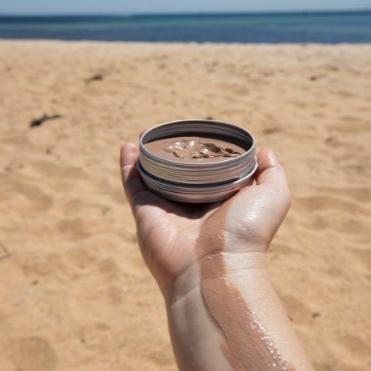Welcome.
Your honest guide to sun safety.
How a wartime invention sparked a skincare revolution
Long before broad-spectrum, reef-safe sunscreens lined our shelves and dermatologists warned about UVA exposure, sunscreen had a much humbler beginning. Would you believe that one of the first modern sunscreen formulas was developed during World War II to protect soldiers in the Pacific? Or that the infamous Coppertone ad with the “dog panties” – a little girl having her swimsuit tugged by a dog – helped introduce sun protection into mainstream culture?
At The Sunscreen List, we believe it’s essential to understand where sunscreen started, so we can better shape where it’s going. Sunscreen is not a perfect product—but it’s evolving. And understanding its history helps us appreciate both the strides we’ve made and the improvements still needed.

From Battlefields to Beaches
Sunscreen’s modern story starts not in the surf, but on the frontlines. During WWII, U.S. soldiers in the South Pacific were plagued by severe sunburns. To help, the military developed Red Vet Pet—a thick, red petroleum paste that offered basic UV protection. Learn more about the history of WWII sunscreen.
Meanwhile in Europe, Swiss chemist Franz Greiter was inspired to create Gletscher Crème after getting sunburned climbing Mount Piz Buin in 1938. And by the late 1940s, civilian sun protection was just beginning to catch on.
Back in Australia (where sun protection matters most), chemist Milton Blake quietly made history in the 1930s, developing one of the world’s first commercial sunscreens for his brand Hamilton. Around the same time, L’Oréal founder Eugène Schueller was crafting his own formula after realising his skin oils weren't cutting it during a sunny sailing boat trip.
AHOY SAILORS!
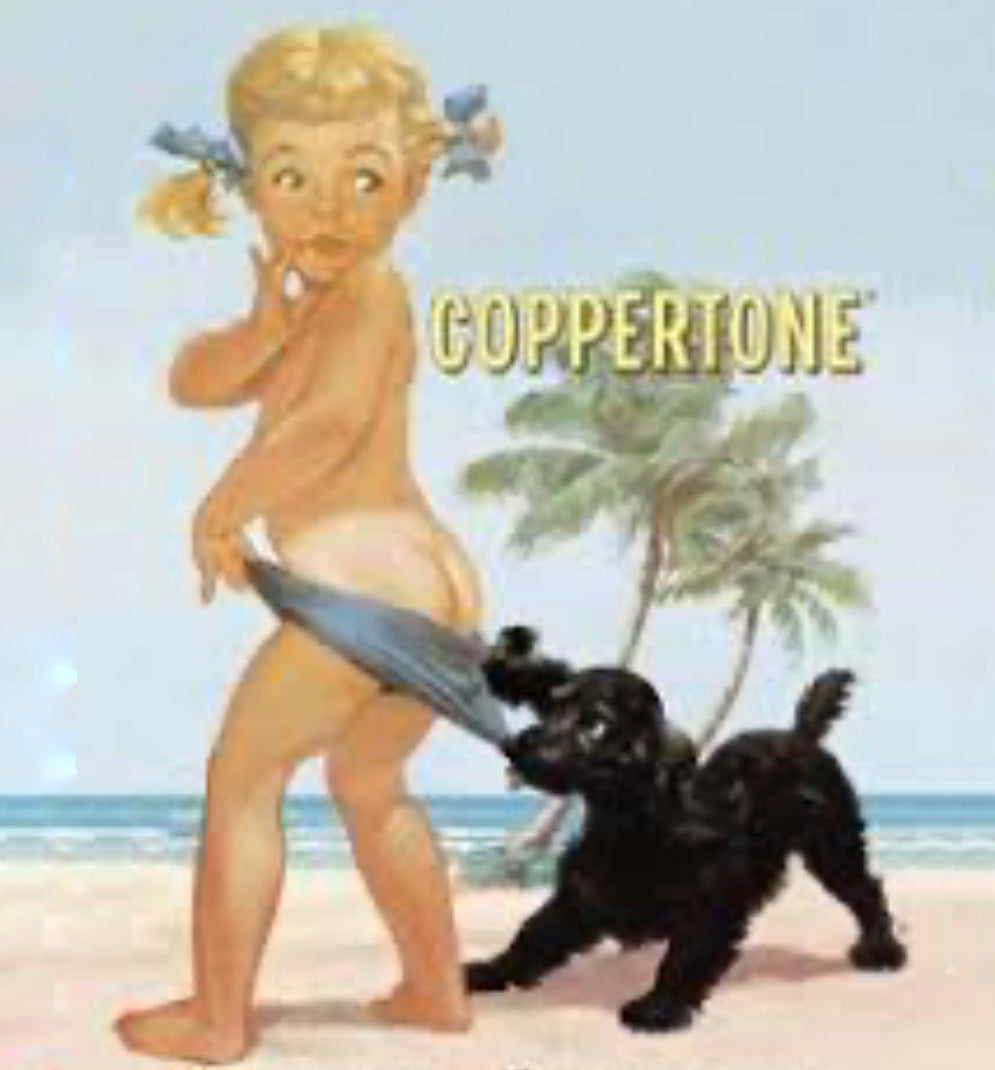
1950s: Coppertone and the Power of Marketing
By the 1950s, sunscreen met marketing. U.S. pharmacist Benjamin Green created a wearable formula using cocoa butter, which he sold to Coppertone. Their now-iconic 1953 ad—a dog tugging down a little girl’s swimsuit to reveal her tan lines—promoted SPF 2 tanning lotion, more about bronzing than real protection. Check out the Coppertone’s iconic advertising campaign.
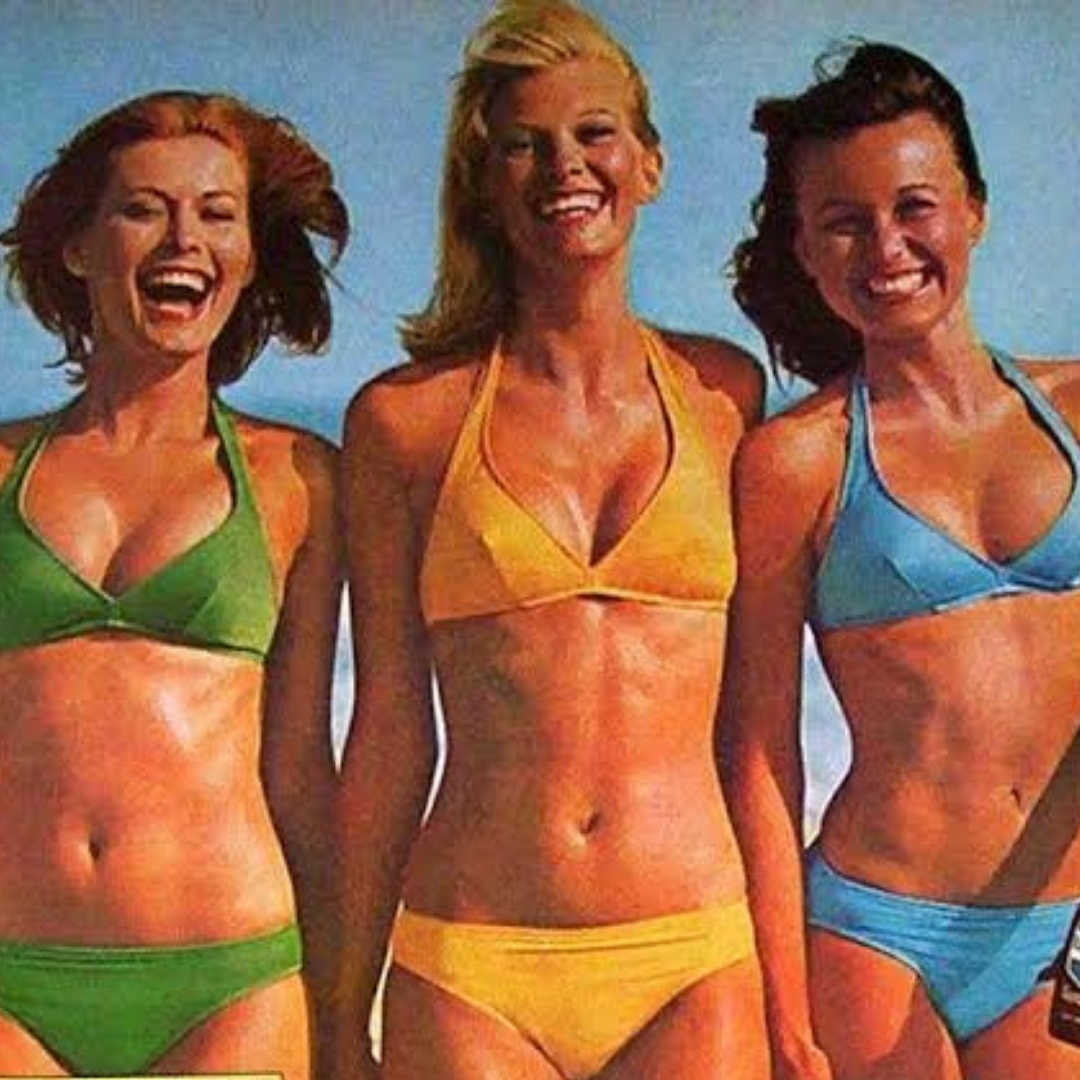
1960s–70s: SPF Gets Invented, But Not Yet Understood
It wasn’t until 1962 that SPF (Sun Protection Factor) was formally introduced—thanks again to Franz Greiter. His SPF scale became the standard measure for sunscreen strength, representing how long a sunscreen could protect skin from burning compared to no protection.
Despite this scientific leap, the public was still hooked on tanning. Many products marketed themselves as suntan enhancers, with minimal SPF. Sun damage wasn’t taken seriously, and bronzed skin remained a beauty ideal.

1980s–90s: The Skin Cancer Connection and a Shift in Awareness
In the 1980s, dermatologists began sounding the alarm about skin cancer, particularly melanoma, which was rising rapidly in countries like Australia, the U.S., and New Zealand. Suddenly, sunscreen wasn’t just a summer accessory—it was a health recommendation.
Public education campaigns began to shift the narrative. In Australia, the iconic “Slip-Slop-Slap” campaign urged people to:
- Slip on a shirt
- Slop on sunscreen
- Slap on a hat
These messages helped move SPF from the beach to everyday life, and by the 1990s, SPF 15+ was becoming the norm.
The “Slip-Slop-Slap” message stuck—but when Seek shade and Slide on sunnies were added later, the update didn’t quite catch on. Sometimes, simple sticks… even if it’s a little sunburnt. . .

2000s–Present: Innovation, Challenges, and Cleaner Sun Care
As consumers became more informed, sunscreen formulas evolved with better broad-spectrum protection against UVA and UVB rays. But increased awareness also sparked important questions:
Are chemical filters like oxybenzone harming coral reefs?
Do nanoparticles like zinc oxide and titanium dioxide pose health risks?
And are SPFs above 50 truly more effective or just marketing?
Meanwhile, wellness and beauty brands introduced “natural” sunscreens, though some products fell short on efficacy or made confusing claims.
The sunscreen industry, once simple and underregulated, has evolved into a complex ecosystem balancing scientific advances, safety concerns, and the challenges of greenwashing.
Today:
Our Role
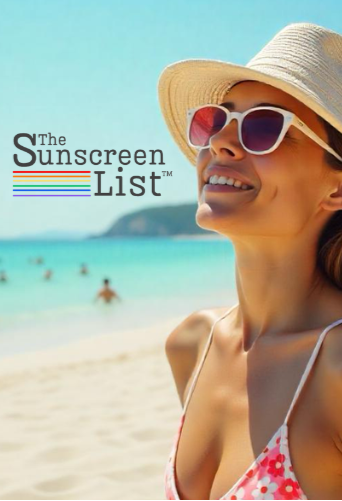
At The Sunscreen List, we’re here to make sunscreen simple again—but better.
Our mission is to:
- Showcase sun protection products that are safe for human health, reef ecosystems, and the planet
- Use our proprietary SunSafe™ Score to certify products that meet high standards across:
Ingredient Safety
- Human-safe, non-toxic, and reef-friendly formulations.
Sustainability
- Includes refillable formats, low-waste packaging, bulk options, and alignment with a brand’s future sustainability goals.
Packaging Impact
- Recyclability, compostability, plastic-free design, and overall material choices.
Transparency & Claims (optional/bonus pillar)
- Honest labelling, third-party testing, and non-greenwashed marketing.
We’re not saying sunscreen is perfect. But it’s come a long way—from greasy petroleum in army kits to science-backed, skin-loving formulations.
We help Our Customers (you guys)
So... What’s Next in Sunscreen?
The future of sunscreen will continue to evolve. Expect:
- Transparent labelling on ingredient safety
- More reef-safe innovations
- Vitamin D-conscious sun protection guides
- AI-driven skin protection apps
- Refillable packaging and bulk-buy discounts
- Cross-industry accountability
The story of sunscreen isn’t just about SPF—it's about how we care for our skin, our health, and the planet beneath our feet.
At The Sunscreen List™, we believe sun care should be safe, sustainable, and simple. Backed by research and guided by our proprietary SunSafe Score™, we help you find products that actually live up to the label—and your values.
SunButter Skincare
Original and Tinted SPF50 Bundle

